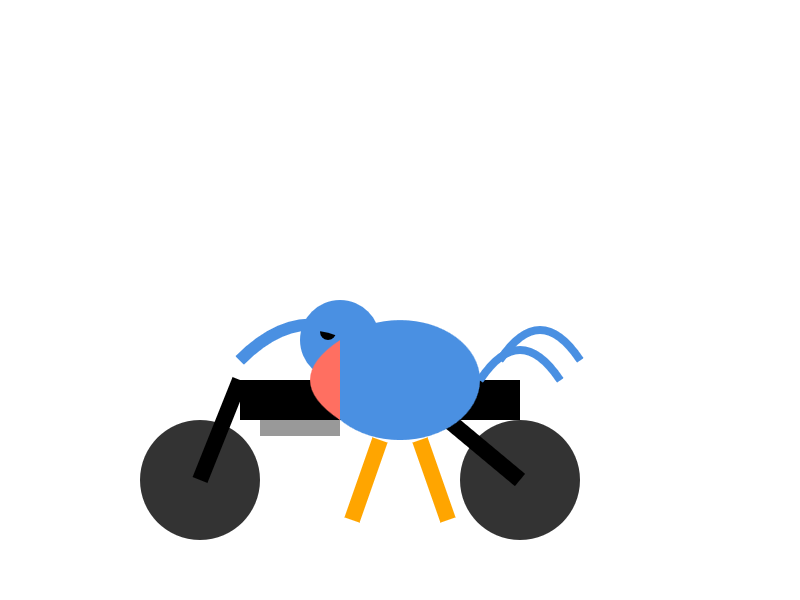XBai o4 (via) Yet another open source (Apache 2.0) LLM from a Chinese AI lab. This model card claims:
XBai o4 excels in complex reasoning capabilities and has now completely surpassed OpenAI-o3-mini in Medium mode.
This a 32.8 billion parameter model released by MetaStone AI, a new-to-me lab who released their first model in March - MetaStone-L1-7B, then followed that with MetaStone-S1 1.5B, 7B and 32B in July and now XBai o4 in August.
The MetaStone-S1 models were accompanied with a paper, Test-Time Scaling with Reflective Generative Model.
There is very little information available on the English-language web about MetaStone AI. Their paper shows a relationship with USTC, University of Science and Technology of China in Hefei. One of their researchers confirmed on Twitter that their CEO is from KWAI which lead me to this Chinese language article from July last year about Li Yan, formerly of KWAI and now the founder of Wen Xiaobai and evidently now the CEO of MetaStone. www.wenxiaobai.com is listed as the "official website" linked to from the XBai-o4 README on GitHub.
Ivan Fioravanti got it working under MLX in 4bit, 5bit, 6bit, 8bit and 4bit-DWQ sizes. I tried his 6bit one (a 24.81GB download) in LM Studio and had it "Generate an SVG of a pelican riding a bicycle". It thought for 39.49 seconds (thinking trace here) and gave me this:

I also had it "Write an HTML and JavaScript page implementing space invaders", which you can try out here. It's not great - the invaders don't fire bullets (it listed that as a "potential improvement") and I don't think it's winnable due to timing issues, but it's an interesting addition to my collection.
LM Studio reported a constant memory usage of 25.54GB and according to Activity Monitor used 87.5% of my GPU and around 39% of a CPU core.
It did a lot of work in the thinking trace - which took 10m35s! - including writing the first draft of much of the code that ended up in the finished result. Here's an extract:
Let me think of variables:
let enemyDirection = 1; // 1 for right, -1 for leftIn the game loop:
enemies.forEach(enemy => {> enemy.x += enemyDirection * enemy.dx;> });Then check if any enemy is out of bounds. If so, reverse direction and move all enemies down.But how to check if any enemy is at the edge?
Maybe find the max x of all enemies and see if it exceeds
canvas.width - enemy.width.Alternatively, track the leftmost and rightmost positions of enemies. Maybe a bit complex.
For simplicity, perhaps check if any enemy's
x + width > canvas.width or x < 0.
Here's the full transcript.
My initial impressions are that I'm not as impressed with this model for running on my own laptop as I was with Qwen3-Coder-30B-A3B-Instruct or GLM-4.5 Air.
But... how extraordinary is it that another Chinese AI lab has been able to produce a competitive model, this time with far less fanfare than we've seen from Qwen and Moonshot AI and Z.ai.
Recent articles
- Cooking with Claude - 23rd December 2025
- Your job is to deliver code you have proven to work - 18th December 2025
- Gemini 3 Flash - 17th December 2025